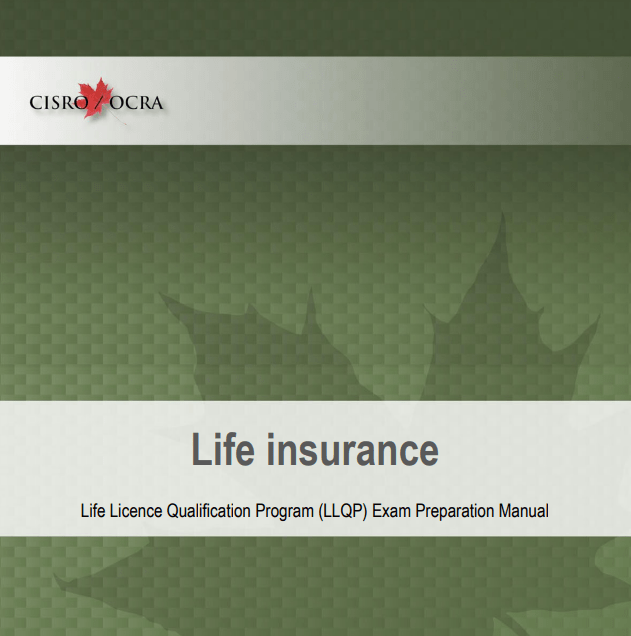- Home
- Mortgage CE
2026 Continuing Education (CE) for Mortgage Agents and Brokers
Stay Compliant. Stay Ahead. Earn Your CE Credits Today!
🎁 Special Offer: Complete all CE hours — 15h (Agents) / 17h (Brokers) for only $55!
📝 Register
📋 Requirements
📑 Curriculum
👨🏫 Instructor
❓ FAQ
📝 Register
⚠️ Licensing Update: Agents (Level 1 & 2) must complete 5h Conduct + 10h Professional CE; Brokers must complete 7h + 10h. Register once — course hours will adjust to your license type.
Conduct CE


2026 Conduct CE
✅ FSRA Accredited
🏅 Conduct CE Hours: 5 or 7
ℹ️
Mortgage Agents (Level 1 & 2) must complete 5 hours of Conduct CE.
Mortgage Brokers must complete 7 hours of Conduct CE.
📅 5 hours Study Time
- Apply ethical principles in real scenarios
- Build trust through client-focused conduct
- Learn compliance & regulatory standards
Professional CE


📋 Requirements
⚠️ Licensing Update: Agents (Level 1 & 2) must complete 5h Conduct + 10h Professional CE; Brokers must complete 7h + 10h. Register once — course hours will adjust to your license type.
| Requirement | Details / Topics Covered |
|---|---|
| ✅ Conduct CE (5 Hours for agents level 1 & 2 and 7 hours for brokers) | FSRA-approved. Mandatory for all licensees. Topics:
|
| 📚 Professional CE (10 Hours for agents level 1 & 2 and brokers) | Required in addition to Conduct CE. You must retain proof for at least 4 years. Guidelines:
Topics may include:
|
ℹ️ Did you know?
REMIC’s CE Bundle includes all the hours you need — the mandatory Conduct CE plus two Professional CE courses (AML and Cybersecurity) required by FSRA.
📑 Curriculum
📘 2026 Conduct CE Curriculum
- Business Ethics & Conflicts of Interest
Ethical responsibilities, disclosure rules, and conflict management. - Mortgage Fraud
Identify red flags, prevent fraud, and follow FSRA reporting protocols. - Mortgage Suitability
How to match products with client needs under regulatory guidance. - Cybersecurity Awareness
Best practices for data protection and incident response in mortgage transactions.
💼 Anti-Money Laundering (AML) for the Mortgage Industry
- Understanding Money Laundering
Overview of the criminal and compliance landscape. - Regulatory Framework
FINTRAC guidelines, record-keeping, and reporting obligations. - Recognizing Suspicious Transactions
Risk indicators and real-world examples for mortgage brokers. - Preventative Procedures
Policies, client due diligence, and training requirements.
🛡️ Cybersecurity for Mortgage Professionals
- Cyber Threat Landscape
Common risks: phishing, ransomware, data breaches. - Protecting Client Data
Best practices for encryption, password hygiene, and device safety. - Compliance & Liability
Legal responsibilities and FSRA-aligned data protection. - Incident Response
How to react to breaches and notify clients/regulators.
👨🏫 Instructor

Joe White
Joe is the founder and president of REMIC. With over 30 years of experience in the mortgage industry, Joe has held leadership roles as a National Sales Director, VP of Sales, and principal broker. As an educator, he has taught over 20,000 students since 1996, many of whom are now industry leaders. Joe developed Ontario’s first mortgage broker education program and has authored key industry manuals used by over 20 colleges. His contributions to the field were recognized with his 2019 induction into the Canadian Mortgage Hall of Fame.
Joe is the founder and president of REMIC. With over 30 years of experience in the mortgage industry, Joe has held leadership roles as a National Sales Director, VP of Sales, and principal broker. As an educator, he has taught over 20,000 students since 1996, many of whom are now industry leaders. Joe developed Ontario’s first mortgage broker education program and has authored key industry manuals used by over 20 colleges. His contributions to the field were recognized with his 2019 induction into the Canadian Mortgage Hall of Fame.
❓ FAQ
Yes. This CE Bundle includes everything FSRA requires for 2026 license renewal — 5 hours of mandatory Conduct CE and 10 hours of Professional CE. If you’re a Broker, the additional 2 hours for Part B of Conduct CE will be included automatically based on your license type.
FSRA requires Mortgage Agents to complete 5 hours of Conduct CE and 10 hours of Professional CE. Mortgage Brokers must complete 7 hours of Conduct CE and 10 hours of Professional CE.
Conduct CE is mandatory and FSRA-accredited. Professional CE is required (10 hours), must cover specific topics, but does not need individual FSRA approval.
No — REMIC reports your Conduct CE to FSRA directly. For Professional CE, keep your certificates on file for at least 4 years.
Yes! You’ll receive a certificate instantly after completing each course. You can download and save it for your records.
Yes — all courses are fully online, self-paced, and can be completed on your own time.
You must complete all required CE by March 31, 2026 — 15 hours for Agents, Level 1 & 2 (5 Conduct + 10 Professional), 17 hours for Brokers (7 + 10) — to renew your mortgage license.







